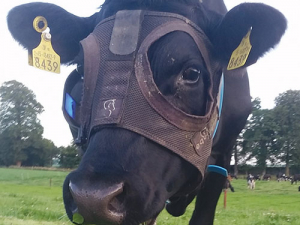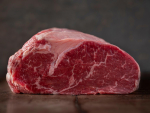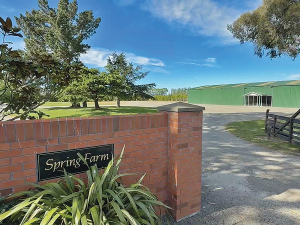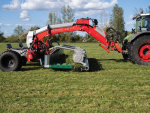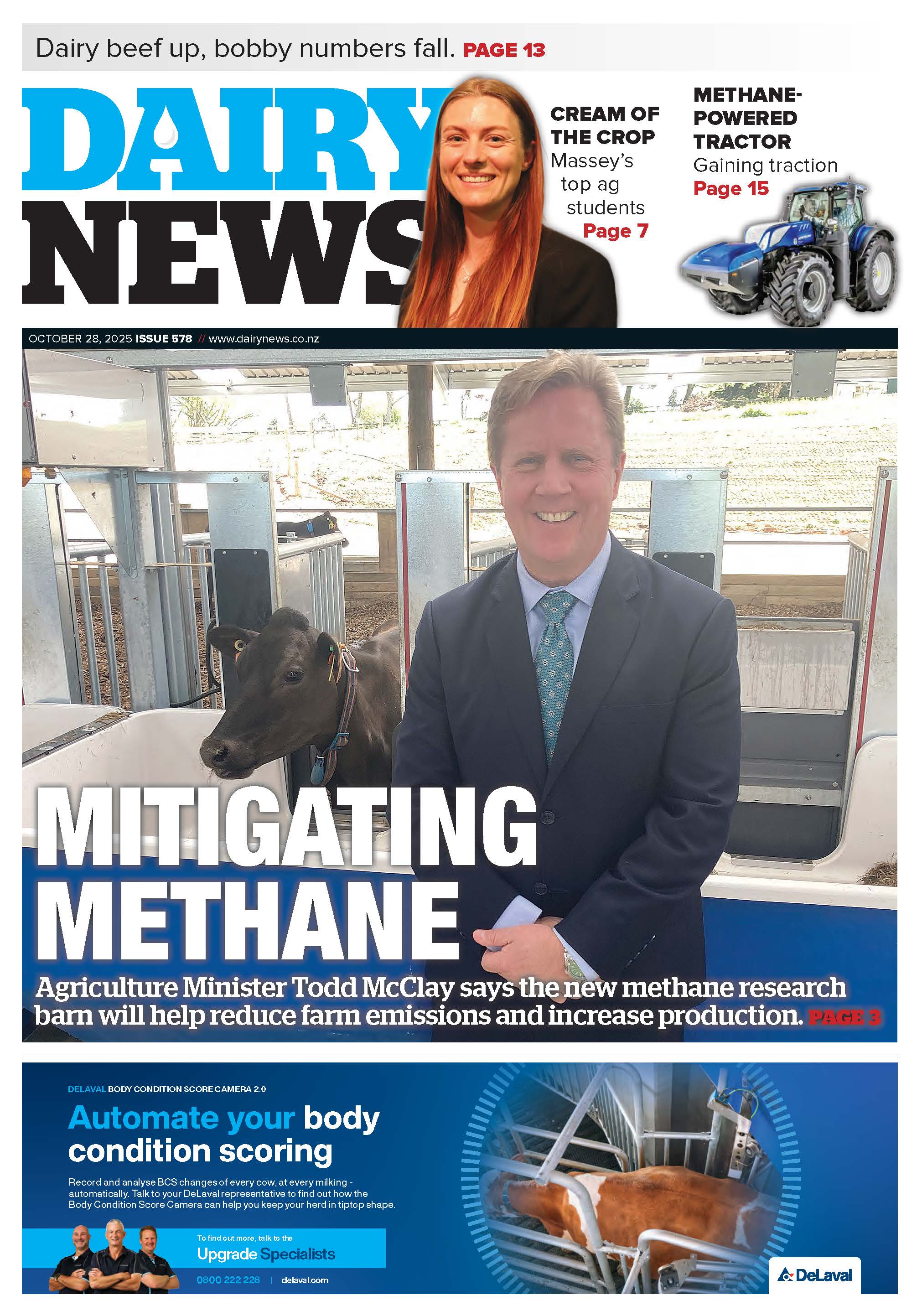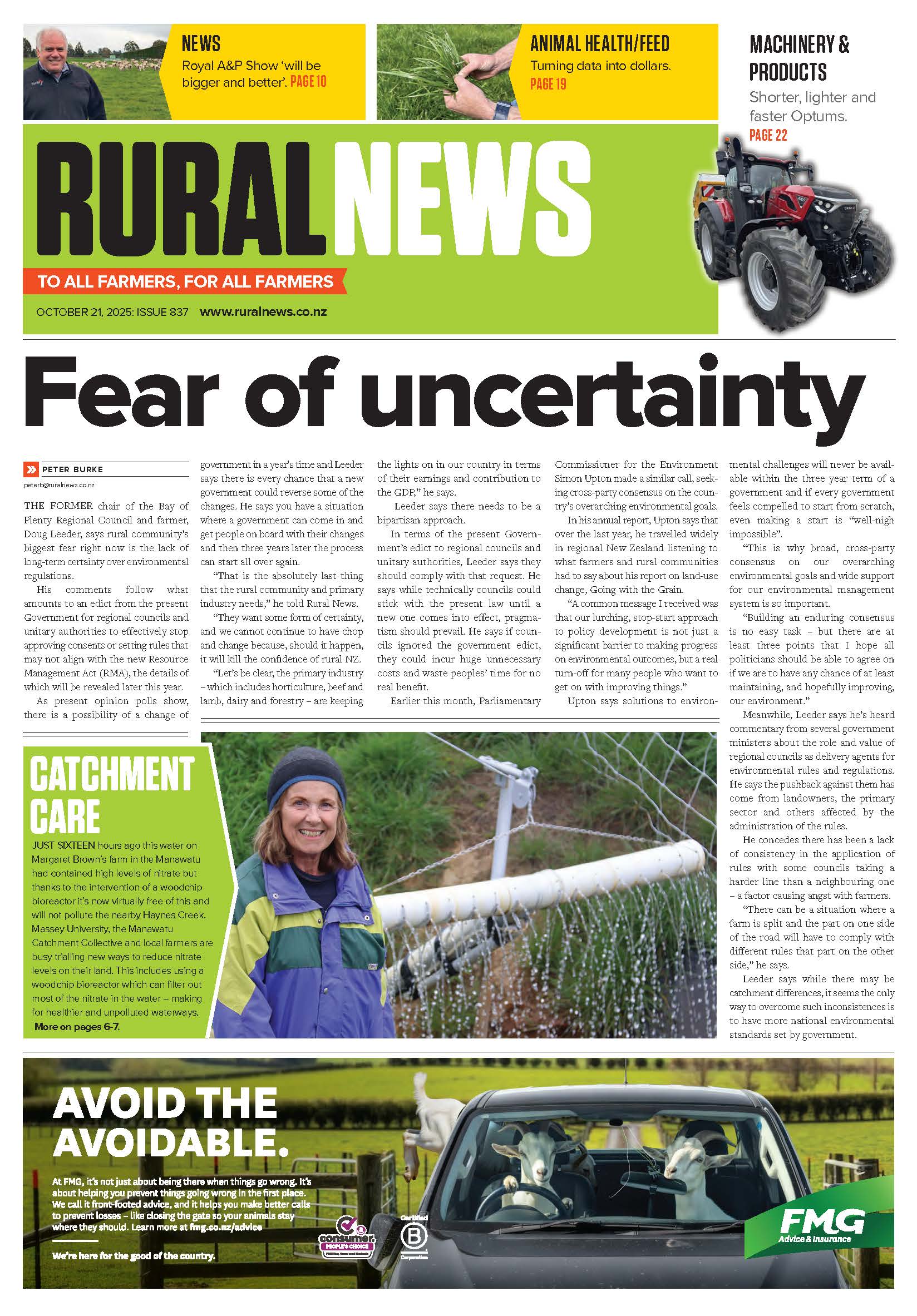Our moods can be influenced by the season: think about long summer evenings or short winter days and see which makes you smile.
Our in-built adjustment to the changing seasons -- the Circadian Cycle -- is controlled by melatonin, a pineal hormone produced during the hours of darkness, its pattern mimicking the light or dark phases over a 24-hour period. In doing so, it acts as the daily decoder of seasonal changes in day length, and to regulate the annual breeding cycles of seasonally breeding animals.
Light therapy has been used for many years in the equine breeding industry, by keeping mares in loose boxes with overhead lighting to inhibit melatonin production, so influencing breeding cycles to align with the traditional horse birthday of August 1 each year in the southern hemisphere.
As long ago as 1978 it was reported that long summer days had a stimulatory effect on milk yields, with studies showing that 16-hour days followed by 8-hour nights could result in yield increases of up to 10%. This increase is thought to be linked to a photo-stimulatory increase in the insulin-like growth factor1 (IGF1).
This is particularly relevant given milk shortage and reducing sustainability in the global herd of 252 million cows, 50% of which are grass fed and maintained outdoors.
Intensive indoor systems have seen production gains of up to 10% from using light therapy, so can this science be transferred to pastoral-based systems?
Dr Barbara Murphy, founder of Equilume, set out to trial light therapy in dairy cows, working with researchers at Teagasc in Cork, Ireland; she developed the Bovine Light Mask.
Early research was into understanding how much blue light was required to supress melatonin, equivalent to overhead lights during the evening.
Then came the Bovine Light Mask that uses short-wavelength blue light; trials showed an output of 225 Lux largely mimics the effects of lights-on. That trial had 40 dairy cows in two groups, one as a control with no light therapy, and the other fitted with the light masks that delivered the blue light to the animal’s right eye.
Masks were fitted to the group on the day of calving, with the light source active from 5pm to midnight daily. Production was monitored for the first twelve weeks of lactation, the results showing an increase of 9% consistently over the first 12 weeks of lactation.
Additional trials investigating the use of the mask on winter calving herds are nearing completion and we will learn about those results soon. Ongoing research points to more applications, e.g. fertility, growth, health and welfare.
Murphy says the mask will sell in New Zealand for about $80.





